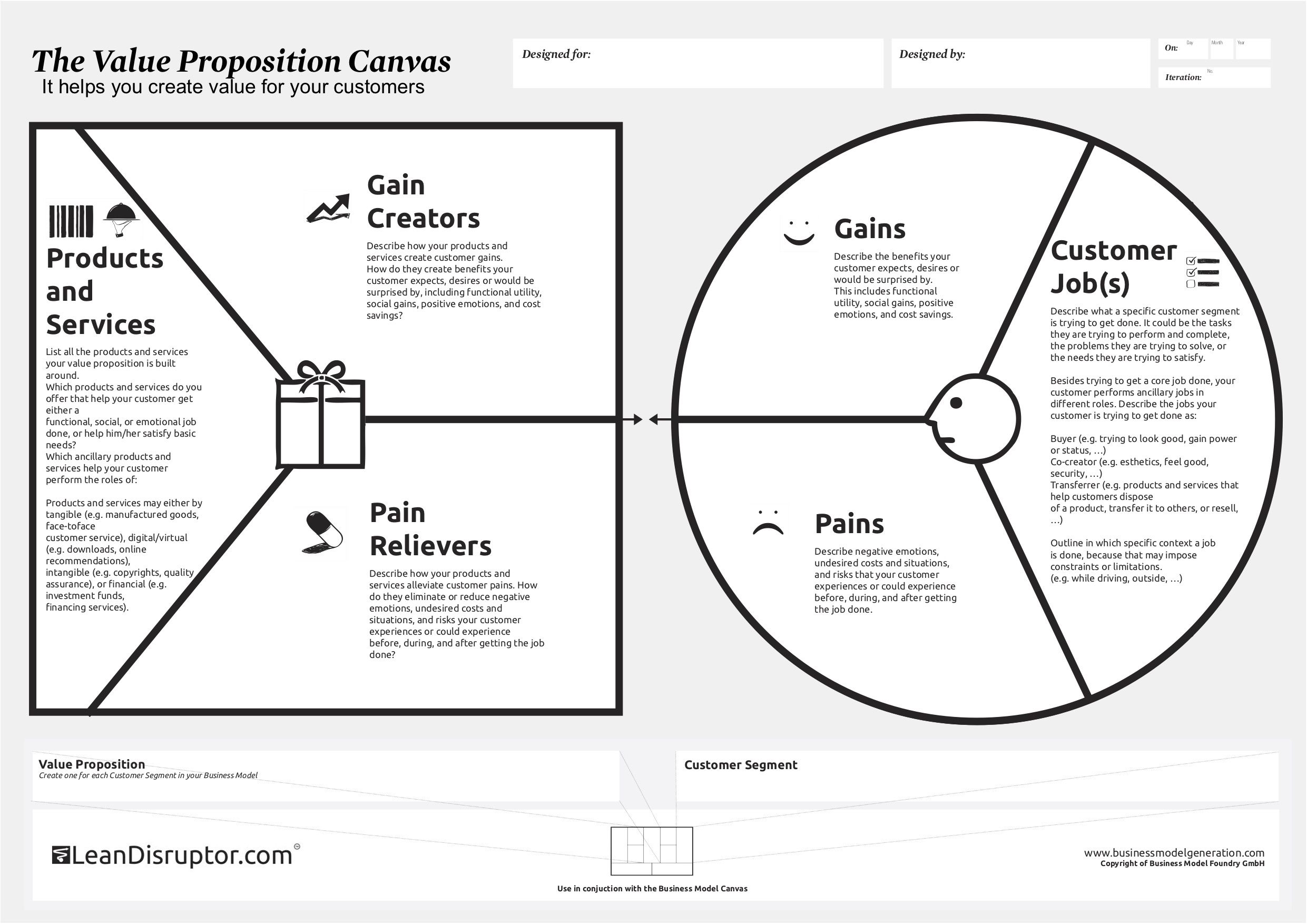When I ask “who’s your target customer” most entrepreneurs start telling me about demographics and aggregate research data. They tell me about a survey they ran with 100 people. The questions and answers in which show a heavy confirmation bias (more on this later in the article).
Other founders take a very different approach – they build a product and try to find the best customer to sell it to. This is expensive and time-consuming. It’s best used when the product involves breakthrough research e.g. Ynomia’s IoT solution for real-time construction tracking.
Understanding your customers is the precursor to building a great product. It’s not the features they’re after. It’s the needs and problems you solve with the product that brings them to you.
Abe Lincoln, the great man said, “give me 8 hours to chop down a tree and I’ll spend 6 just sharpening the axe”. This is the level of preparation than needs to go into building something great. [edit: apparently he never said this but it still makes for a great line about being prepared]
The lack of a proper understanding of the consumer’s needs is likely to cause a business to fail. Or at least lead to poor ROI.
A shallow understanding of these needs leads to improper product development and poor branding.
That’s why marketing research is critical.
Understanding your customers is difficult. Humans are unpredictable and irrational.
But continuously learning more about your customers can help you increase your performance and profitability.
Fortunately, there are a number of ways to improve your understanding of your consumers.
Research Frameworks
Beyond the demographic data and aggregate purchase behaviour lies a wealth of information you can only discover by interacting with people.
Whether you’re at the ideation stage, product development of growth, these principles will come in handy.
The Golden Circle
Simon Sinek proposed the golden circle as a means for brands to clarify their positioning and messaging. It’s a powerful tool for personal branding too.
You see, people’s decision-making powers are still locked away in a hidden corner of the brain, known as the limbic brain. This is the primal part of the brain that makes split-second decisions on autopilot.
When applied to brands this concept implies that people don’t buy what you have to offer, they buy why you do it. Think about the last purchase – why did you do it?
To understand this part of the brain you have to go through other questions such as what and how.
When applied to consumer research, these questions help you diagnose the problem, how it’s being solved and why it is a big enough problem or need.
The answers to these questions will guide your branding, positioning and even product features.
Value Proposition Canvas
Why should I use your product? Aren’t there 20 others already out there?
Basecamp answered this question by offering a clutter-free product for product management for small teams so that they could spend less time doing project admin and more time getting the project delivered. It’s wasn’t a powerful tool. It was devoid of many features taken for granted. I remember when I tried using it, all it was is a to-do list. But this simplicity is what led to its adoption. Their value proposition of simplicity and efficiency resonated with their customers.
So, how do you go about defining your value proposition? I’m glad you asked. Enter – the value proposition canvas.
If you’ve seen the business model canvas or the lean canvas this will look familiar. It’s been designed by the same team.
This tool helps you document what people are trying to get done. Not necessarily problems, but the outcome they’re trying to achieve. What they see as desirable and beneficial and what they perceive to be risky and negative emotion inducing.
This is a particularly powerful tool as it helps you understand the customers with relevance to your product or service. It focuses on the customer’s pains, gains and the jobs they need to get done and how this translates to the product features and the benefits your product offers.
The important bit here is not to get bogged down in every little detail. Focus on high priority items only. You can start with your own view on what this might look like and validate it through customer interaction.
Here’s what a filled-out value proposition canvas might look like (this one’s for the book on Value Proposition Design by Strategyzer):
Quantitative Methods
Quantitative Marketing Research entails asking questions to the respondents in an organized manner using polls, surveys, or questionnaires.
Quantitative methods, as the name suggests, deal with number. It about counting how many or how much. Even your level os satisfaction can be reduced to numbers. No fluffy feelings here.
Quantitative methods are great for:
- Validating hypotheses at scale
- Verify the solution set with statistical confidence
- Understand a broader population
I’ll explain the different methods next.
Questionnaire Surveys
It’s nothing more than a bunch of questions. Some closed, some open-ended. The intent is to understand how prevalent an answer is.
The precursor to a survey is qualitative research. More on this in a bit.
While surveys can seem easy to do with something like SurveyMonkey, it’s easy to get them wrong.
Ask the wrong questions and you get the wrong answers.
Designing questionnaires takes a lot more effort than putting a few questions together.
Then you’ve got to pick your audience carefully too. Go after too many segments at once and all you’ll receive is gibberish. Then there’s the matter of testing and validating answers against a control population set.
Head hurting yet? As it should. This is no walk in the park.
However, there’s an easier way to survey customers – on your website. You can always ask simple questions. What you really want to hear is negative feedback so that you can do something about it and improve customer satisfaction.
But this also only works when you have a decent amount of traffic.
Analytics
Analytics is simply a computational analysis of data. It’s a process of discovering, interpreting and communicating patterns in data. For this article, I’ll limit this to web/app analytics.
Data-driven marketers use analytics tools to understand user behaviour and segments of users. Analytics quantifies your website traffic. It helps you slice-and-dice the data to understand sources, user flow and user behaviour.
It helps marketers personalise content, better understand their customers, evaluate their ad campaigns, and develop products.
Analytics can help you understand key marketing metrics that are important in understanding the customer journey. Managing these metrics leads to improvements in marketing objectives such as new sign-ups and sales.
A few metrics you will come across are:
- New vs returning users
- Cohort analysis (important for retention)
- Bounce rate
- Events and interactions
- Goal completion
- Traffic sources
- Campaigns’ traffic performance
NPS Survey
NPS stands for net promoter score. It’s a quantitative way of communicating how satisfied the customers are with your brand/product/service.
Customers respond to a 10-point scale question that gauges how likely they are to recommend your product to service to a friend or colleague.
The NPS score acts as a surrogate for customers’ level of satisfaction. The reasoning is that if they’re not totally happy they’re not going to recommend your business to someone else.
The only downside is that you can’t use this for potential customers. They’ll have no way of honestly judging how good your service is.
NPS also helps you segment customers by levels of satisfaction.
Scores 1 – 6: They’re detractors. You’ll want to hear their feedback, however bad. It’s a chance to improve your product.
Scores 7 – 8: They’re passives. Just sitting on a fence. I mean they could promote but that’s unlikely. This segment represents an easy win. They usually only need a little bit more from your product to cross over as a promoter.
Scores 9 – 10: These promoters love you and they’ll shout it out to anyone who will listen. Keep it this way.
Here’s how you calculate the final NPS score from all responses:
NPS = % Promoters – % Detractors
But remember, customer satisfaction is not set in stone. Service levels rise and fall. You’ll want to survey again in 90 days. This is usually enough time to act on feedback or for the service levels to slip.
Qualitative Methods
While quantitative research is about numbers, qualitative research is primarily based on attitudes, opinions, beliefs and intentions.
Since this method of consumer research deals with questions such as “How” and “Why”, it helps to gauge how customers will respond to a new product. Since these questions are open-ended, they allow the respondents to answer in their own words. The most popular qualitative methods include:
- Participant observation; where data is collected on naturally occurring behaviours and usual contexts such as shopping malls.
- In-depth interviews; where data is collected on individuals to understand their behaviour and reason for preferring particular products.
- Focus groups; where data is collected on particular people that use a certain product (like why baby boomers love single-family homes).
Interviews
Interviews can be conducted in a group i.e as a focus group or 1 on 1.
1 on 1 interview is great because it’s conversational. You can chat with someone at any stage – whether they’re aware of your product or not.
Interviews help you form a better world view of your customers. It also reveals the voice of the customer i.e. how do they describe your product or service.
Because interviews are open-ended, they give you a much deeper insight into the problem area and possible solutions. But most importantly they can help you understand why.
If you speak with even 10 people in a particular customer segment you’ll see trends emerging. If not you can tell the need or desire for the problem you’re solving isn’t big enough.
As with questionnaires, developing a good interview script is a science. Personal bias, confirmation bias and leading the interviewee can give you really bad data to work with.
The other issue is time. Interviews cost time and even money. So you can only do so many.
Interview responses can help you build a better questionnaire.
Focus groups aim to understand the collective impressions and mindset of a group. It can be tricky if you have quiet people in the group. It’s worse when the group demonstrates a herd mentality and follows a leader. People also tend to have an opinion about everything and anything. What they say and what they do are very different. This can be hard to check in a focus group.
Screen recording
What do they really want from your website or store? Is a particular design change working?
If you’re wondering then screen recording helps you see what people do once someone arrives on your site.
Heatmaps and anonymous user recordings are some of the most underrated tools for consumer research.
It can reveal:
- Key areas of interest where visitors spend a lot of time
- Redundant pages where visitors leave immediately
- Missing information
- Factors that influence people to decide to buy (very important for conversion optimisation)
Behavioural observation (Ethnography)
Also known as ethnographic research it deals with observing people going about their day or interacting with your product.
This can be very powerful because the research environment can often be very different from the environment in which the product is actually used.
Ooshma Garg, the founder of Gobble, a meal kit company in the US spent time with the families that were using her product.
It was this observation that gave her the insights to pivot from ready-meals to meal kits. People still wanted to have some contribution to plating dinner, no matter how busy or tired they were. They wanted their kids to get involved too.
This is one of the more challenging ways to learn more about your customers. However, if you can pull it off you’ll be sitting on a gold mine of tacit knowledge.
Sentiment analysis
Sentiment Analysis is also known as opinion mining.
It involves identifying or cataloguing the meaning conveyed in texts and other media about a particular topic. Think about looking at reviews, community sites, forums, podcasts, videos etc. Use all these sources to form a view on what the general public opinion is.
For instance, pick up 10 news articles and you’ll know that the US isn’t exactly happy with their president (as of Oct 2020).
Such texts include tweets, feedback, comments, and even random rants (whether positive, negative, or neutral).
This is also known as social media listening.
Where do people go to rant when they don’t like a product? To a review site or Facebook or Reddit, of course.
Sentiment analysis helps you review the opinions of your competitor’s customers.
If their customers are dissatisfied, you can use such information to your advantage. Find themes in what they’re saying. Are they generally happy? Are the negative remarks petty or is there room for changing things for the better?







